Genetics
-
 Anthropology
AnthropologyPower may have passed via women in ancient Chaco Canyon society
DNA points to a 330-year-long reign of a maternal dynasty centered in New Mexico’s Chaco Canyon.
By Bruce Bower -
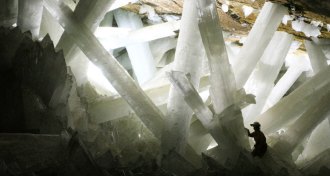 Microbes
MicrobesMicrobes survived inside giant cave crystals for up to 50,000 years
Microbes trapped in crystals in Mexico's Naica mine may represent some of the most distinct life-forms found in Earth so far.
-
 Genetics
GeneticsHuman gene editing therapies are OK in certain cases, panel advises
A panel of experts says clinical gene editing to correct and prevent human disease should move forward, but enhancements should not be allowed.
-
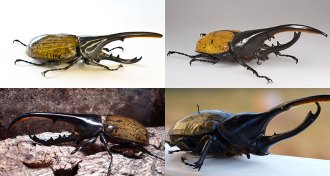 Genetics
GeneticsNumber of species depends how you count them
Genetic evidence alone may overestimate numbers of species, researchers warn.
-
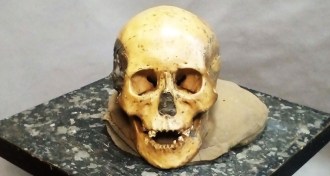 Anthropology
AnthropologyDNA points to millennia of stability in East Asian hunter-fisher population
Ancient hunter-gatherers in East Asia are remarkably similar, genetically, to modern people living in the area. Unlike what happened in Western Europe, this region might not have seen waves of farmers take over.
By Meghan Rosen -
 Genetics
GeneticsCRISPR used in cows to help fight tuberculosis
Chinese researchers used a CRISPR/Cas 9 gene editor to make cows more resistant to tuberculosis.
-
 Genetics
GeneticsCRISPR used in cows to help fight tuberculosis
Chinese researchers used a CRISPR/Cas 9 gene editor to make cows more resistant to tuberculosis.
-
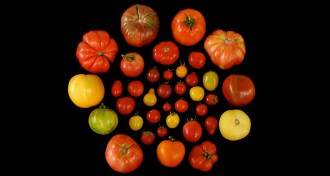 Plants
PlantsBig genetics study blazes path for bringing back tomato flavor
Combining taste tests with genetics suggests what makes heirloom varieties tastier than mass-market tomatoes.
By Susan Milius -
 Animals
AnimalsTales of creatures large and small made news this year
Scientists filled in the details of some famous evolutionary tales in 2016 — and discovered a few surprises about creatures large and small.
-
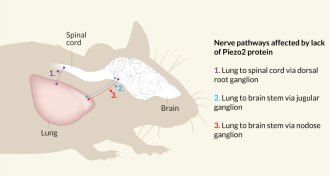 Life
LifeForce-detecting protein senses when lungs fill with air
A study in mice pinpoints a force-detecting protein that regulates breathing, previously implicated in touch.
-
 Genetics
Genetics50 years ago, alcohol use was linked to several gene variants
50 years later, scientists are still searching for genes that influence drinking.
-
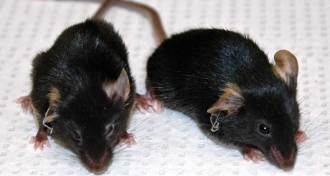 Genetics
GeneticsProteins that reprogram cells can turn back mice’s aging clock
Proteins that reprogram adult cells to an embryonic-like state can rejuvenate prematurely aging mice.